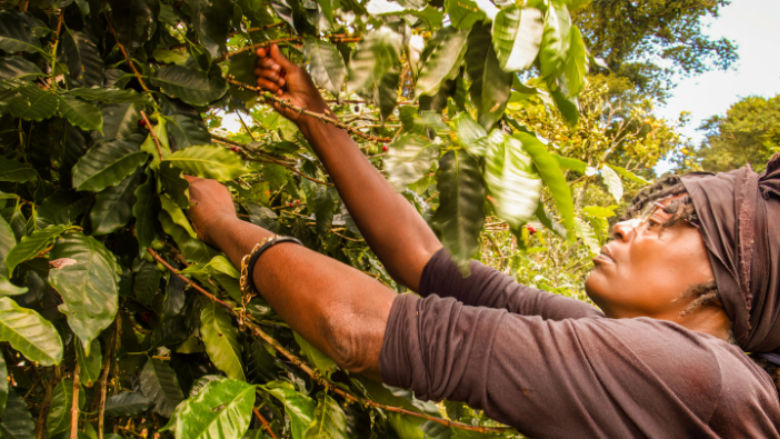What��s changing in global trade and trade policy? How do these shifts affect development and welfare? And how should developing economies respond?
These are the core questions driving the Development Research Group��s Trade Fragmentation Research Initiative. In response, our researchers produce cutting-edge studies that blend academic rigor with policy relevance.
This website brings that research to life through interactive, user-friendly visualization tools. Users can explore how trade policies and fragmentation affect different countries and outcomes by adjusting scenarios and generating custom graphs in real time.
Some advanced tools may require high computing power and are currently accessible only through the World Bank intranet. However, we offer publicly available installers, along with data and source code (when permissible), so researchers and students can use them locally.
We��re continually expanding this portal with new tools and features��stay tuned!
Highlighted Charts
The figures below illustrate how trade costs, drivers of economic growth, and trade patterns evolved across different regions in recent years.








